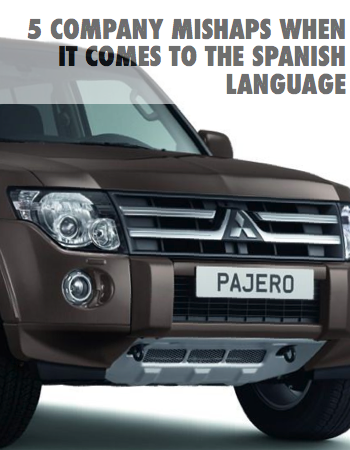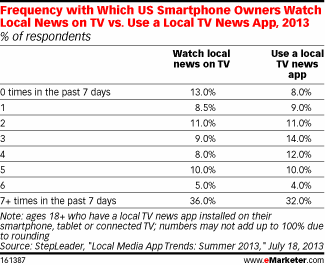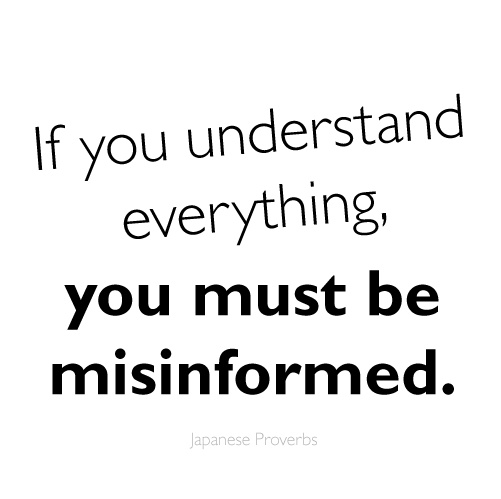5 company mishaps in Spanish Language by Sandra Bravo
by Claudia Ahaviah Goffan
TL: Can you give us examples of company mishaps when it comes to the Spanish language, which ones come to mind?
Sandra: Hewlett Packard caused some controversy in Argentina when they introduced their products in that market. Their logo bears only the initials “HP”, and to an Argentine, it translates into the abbreviation for “Son of a #@%#”
Have you heard of the Mazda Laputa (the streetwalker, to put it mildly) or the Nissan Moco (mucus) or the Mitsubishi Pajero (this one is too strong to translate in a public medium) later renamed Montero? Do you wonder why these names are culturally offensive in Spanish? If you are still in doubt, ask your best Latino friend…
Ignoring culturally appropriate contexts can get your company into some trouble. For example, some Muslim countries banned Pokemon in 2001 because cards apparently contained some “Zionist” symbols. Or Google, that received a complaint from the Government of Taiwan when the map engine identified the country as a “province of China.”
TL: Can you tell me when companies have done it right and why?
Sandra: One of the many reasons why I love to bank at Washington Mutual is the way they reach at the Hispanic community. It is not just the fact that they have tellers who are bilingual. Most importantly, the translation of their marketing materials clearly reflects the Latino culture. It is about diversity. It is about communicating with clients in their own language – and very well written, by the way!
Another company that has embraced diversity is Comcast. The dynamic and upbeat style of their promotional flyers in Spanish, for example, is very eye-catching. Comcast has found out a way to reach the Latino market. Why? Because they understand it is not just getting the language right, but rather the culture. Comcast ads speak about family, kids and parents and time for friends.
TL: What’s the difference between translation and transcreation?
Sandra: In marketing and advertising, words do not just have meaning within a particular linguistic context but rather within a specific culture. Translating words from one language to another, as good as the translation may be, would not do much for your marketing materials. What you actually need is to have them transcreated. So, what is transcreation?
It is a creative process where a person uses the original text and creates a bicultural and bilingual version in a target language. For example, a company wants to sell medical equipment in Latin America. What would be the main advantages for them to have their brochures transcreated in Spanish?
- The products and services provided by the company would be clearly and easily communicated to the intended market
- The consumers would perceive the brochures as if they had been originally created in that market, therefore, they would be more ready to accept the products
Transcreation, like copy writing, persuades a consumer to buy a product or use a service.
TL: How does your company differ from the others? What makes you unique?
Sandra:
- Our company is owned and operated by translators who have a direct knowledge of the business by working with clients in different industries and fields.
- All our translators are native speakers, they have been certified and they pursue continuing education.
- We establish long-term working relationships with our clients. For this reason, we are able to understand their needs and meet their expectations.
- Our translators, our Project Manager and the end-client work together as a team. There is a constant and direct flow of communication during a particular assignment, e.g. to consult terminology with the company.
- We do not choose randomly a translator for a particular project. If our client is a bank, we will assign it to a translator who has experience in and is aware of the financial and banking terminology.
- We have established a quality assurance procedure. We never accept any rush or large project or any assignment outside of our areas of expertise that may compromise the quality of the final product. For example, one day we received a call from a company that was interested in translating 85,000 words for the next day. We politely refused the offer. We explained to them that the only way we might be able to finish the project in time would be to assign it to many different translators. However, the reviewer would not have any time to create a glossary, coordinate and edit the entire work in such short period of time. Since the final results would be less than acceptable for our quality standards, we preferred to not take the assignment.
TL: What advice would you give companies looking for transcreation services to avoid these company mishaps?
Sandra: Transcreation is a creative process that requires a constant interaction between a company and their language service provider. Before the start of the project, it is advisable to conduct a brainstorming session with your provider and discuss some important points:
- What the corporate culture is;
- What the expected results of their marketing campaign are; and last, but not least,
- What the target audience/market is. For example, launching a marketing campaign in Spanish in Mexico will significantly vary from another one in Colombia because both the language regionalisms and the cultures are different.
If you want your transcreation to be accurate and successful, your company will need to clarify any jargons that the marketing department may use, or some specific business concepts. In order for your provider to get it right, they need to understand your needs and expectation.
I believe that the worst nightmare for any linguist is when a client calls and says: “By the way, I asked my customer representative Jose who is from Mexico to review your translation. He says it has some errors.” So my reply is: “Great! If Jose is an expert in the Spanish language, maybe you should get him to organize your translation department.”
Jose may speak Spanish well but, does he have the technical writing skills to do the translation? Is he sufficiently bicultural to work on a transcreation? And the answer is: “No, stick to what you know!” The final results would be as bad as if I started working as a lawyer just because I know enough legal terminology.
I have lost count of how many times I have ended editing or redoing a translation done by someone bilingual in a company. I have spent so many hours dealing with those awkward, obscure and confusing texts that are neither Spanish nor Spanglish… I wonder what they are. Maybe we need to coin a new name for that kind of language…
TL: How can people contact you?
Sandra: Our company can be contacted by phone at 404-327-8815 or by email at intlangsolutions@bellsouth.net. You can also visit our website, http://www.international-language-solutions.com/.
















Leave a Reply
Want to join the discussion?Feel free to contribute!